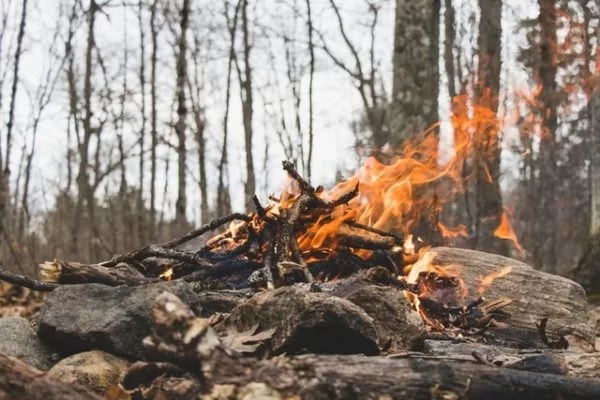Understanding the Principles of Leave No Trace for Campfires
- why-campfires-need-responsibility
- principle-one-assess-the-necessity
- principle-two-use-existing-fire-rings
- principle-three-burn-small-stick-to-ashes
- principle-four-extinguish-completely
- a-story-of-a-campfire-gone-wrong
- why-pine-cliff-resort-is-a-smart-choice
1. Why Campfires Need Responsibility
Campfires evoke feelings of warmth, nostalgia, and storytelling under starlit skies. However, without responsibility, they can scar landscapes, spark wildfires, and disrupt ecosystems. The Leave No Trace campfire principles were developed to reduce our impact and protect the wilderness for generations to come. They're more than just guidelines—they're a mindset every camper should adopt.
2. Principle One: Assess the Necessity
The first step is asking yourself, “Do I really need a fire?” In many modern campsites, stoves and lanterns are more efficient and less harmful. Especially during dry seasons or in sensitive alpine zones, skipping the fire altogether can be the most eco-friendly choice. At places like Pine Cliff Resort, amenities make fires unnecessary, allowing you to enjoy nature without the footprint.
3. Principle Two: Use Existing Fire Rings
If you decide a fire is essential, use designated fire rings or pits already established at the site. These prevent new scars on the land and keep the fire contained. Never create a fire ring by surrounding rocks in the middle of untouched ground—it disrupts habitats and leaves lasting marks. Using pre-built areas shows respect for nature and fellow campers.
4. Principle Three: Burn Small Stick to Ashes
Only use sticks that are dead, down, and no thicker than your wrist. Collecting wood from fallen trees in healthy forests may seem harmless, but it can destroy homes for insects and fungi. Burn everything down to fine ash, avoiding the temptation to toss in cans, foil, or plastic. Those items don’t burn—they pollute.
5. Principle Four: Extinguish Completely
Smoky Bear wasn’t wrong—make sure your fire is dead out. Drench it with water, stir the ashes, and drench again. If it’s still warm, it’s not out. Too many forest fires are caused by unattended or poorly extinguished campfires. Make it a habit to leave your spot safer than you found it.
6. A Story of a Campfire Gone Wrong
In 2021, a small group of hikers near a forest preserve in Colorado thought their early morning fire had burned out. They packed up and left without confirming. By midday, their overlooked embers had reignited—leading to a wildfire that scorched over 300 acres. All of it could have been avoided by properly following Leave No Trace principles. These aren't just suggestions; they are vital safety rules.
7. Why Pine Cliff Resort Is a Smart Choice
Looking for a place where eco-friendly practices and luxury blend? Pine Cliff Resort is designed with sustainability in mind. With controlled fire zones, staff guidance, and eco-lodging options, it encourages guests to immerse in nature without harming it. Whether you're an avid camper or just starting out, it's a destination that supports the Leave No Trace philosophy wholeheartedly.







